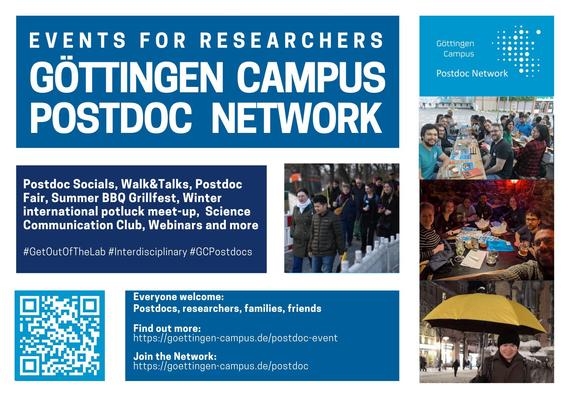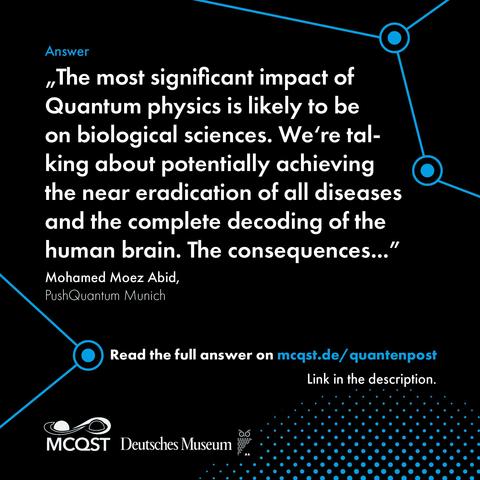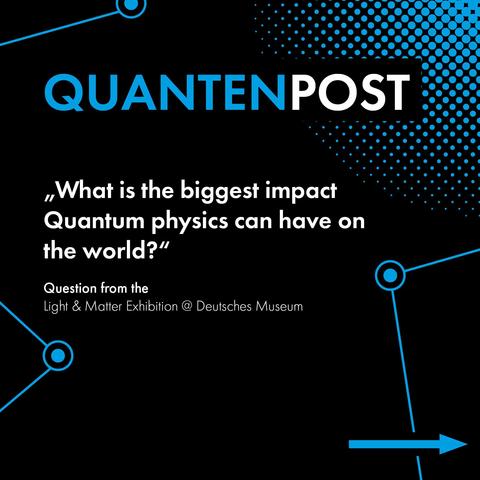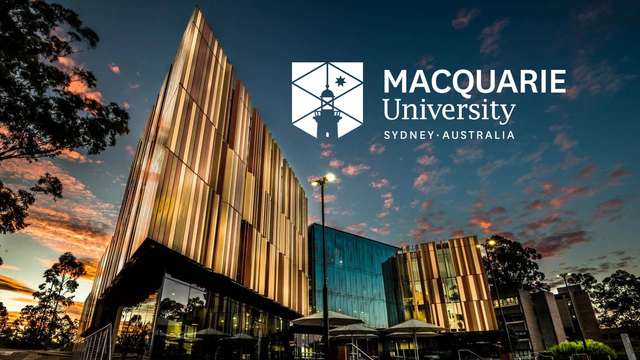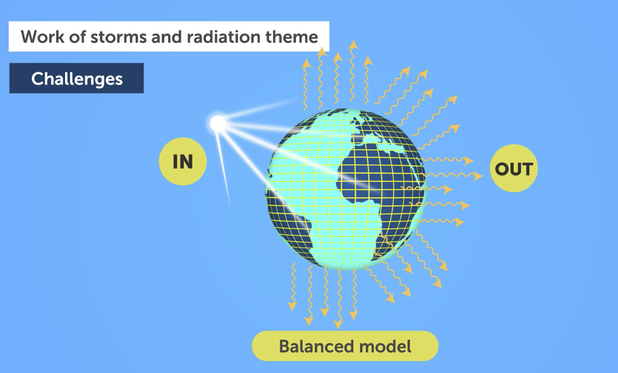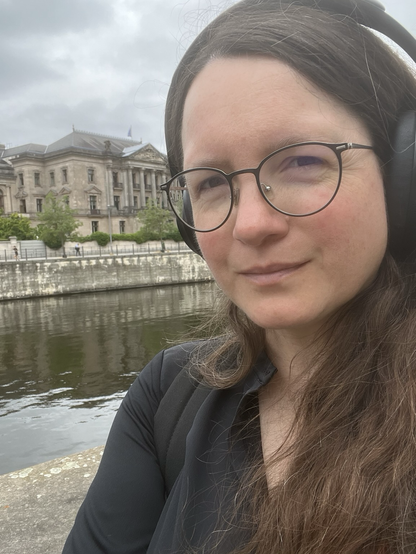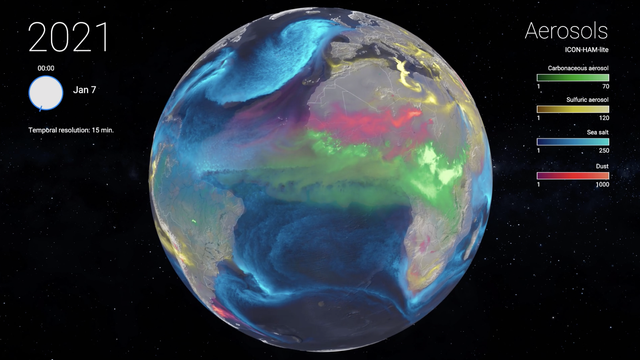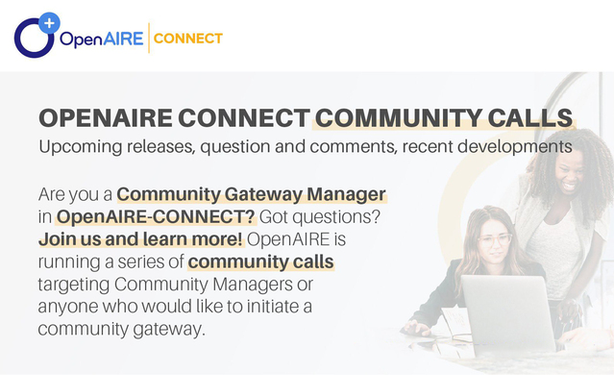#Melbourne Friends!
Sydney event sold out tonight, but next week, we're bringing Katie down your way for several events, which are also close to selling out. Grab your tickets quick!
Here are the links:
1. Science Communication Panel feat. Dr Katie Mack, Dr Kirsten Banks, Dr Sara Webb, Rami Mandow and moderated by Prof. Alan Duffy. Event hosted at Swinburne University of Technology / OzGrav.
Tickets: https://www.ozgrav.org/event/science-communication-panel-telling-the-stories-of-the-universe/
2. Later that the evening at Swinburne and with OzGrav, Katie's public lecture on 'The End of Everything'.
Tickets: https://www.swinburne.edu.au/events/2025/07/public-lecture-featuring-dr-katie-mack.html/
3. Join Katie and Alicia Sometimes for a special Art meets Science event at The Wheeler Centre for Books, Writing and Ideas
Tickets: https://www.wheelercentre.com/events-tickets/season-2025/creating-the-universe
4. Katie is teaming up with Aussie QueersInScience scientists for a fun, science-in-the-pub evening, which will also feature Rami Mandow, Catriona Vi Nguyen-Robertson, Krystal De Napoli, Deanne Fisher and hosted by Chloe Mackallah.
Tickets: https://queersinscience.org.au/event/queer-astronomy-katie-mack/
All events are nearing 80% capacity, so you better jump in and grab a ticket soon, before they're all gone. Please share with your networks too!
#Astronomy #ScienceCommunication #Science #Events #Victoria #KatieMack #Astrodon
